Did you know vaping incidents in UK offices have surged by over 30 percent in the past year? As more employees turn to e-cigarettes at work, employers face unseen health risks, compliance challenges, and impacts on productivity.
The need for a vape sensor for offices has never been greater. This essential guide reveals why every office should consider this technology in 2025, explaining how vape sensors detect hidden vaping and help maintain a safe, compliant environment.
You will discover the latest trends in workplace vaping, the technology behind vape sensors, legal requirements, and the real benefits for your business.
Ready to take control of workplace air quality? Follow our step-by-step guidance to protect your staff, reputation, and bottom line.
The Rise of Vaping in UK Offices: Current Trends and Challenges
The modern office is experiencing a significant shift as vaping becomes more common in workplaces across the UK. Employers face a new set of challenges as vaping incidents increase, prompting the need for advanced solutions like the vape sensor for offices.

Prevalence of Vaping in Workplaces
Recent research reveals that vaping is now more prevalent than traditional smoking in many UK offices. According to Fall in smoking means more people now vape than smoke, the number of vapers has surpassed smokers for the first time. Office workers aged 25 to 44 are the most frequent users, with open-plan spaces and shared facilities seeing higher rates of vaping incidents.
Traditional smoking bans have reduced tobacco use, but vaping often occurs discreetly, making it harder to detect. This rise in vaping highlights the urgent need for a vape sensor for offices to ensure a healthy and compliant workplace.
Health and Safety Concerns
Secondhand aerosol from vaping poses real risks to office air quality. Unlike cigarette smoke, vapour contains ultrafine particles and chemicals that can linger and affect others. Staff with allergies or respiratory sensitivities may experience headaches, coughing, or asthma flare-ups after exposure.
There have been documented incidents of employees reporting discomfort linked to vaping at work. Employers must recognise that a vape sensor for offices is not just about compliance but also about safeguarding staff health and minimising the impact of airborne particulates.
Impact on Productivity and Company Culture
Frequent vaping breaks can disrupt productivity, as employees leave their desks more often or become distracted by vapour in shared spaces. This can lead to tension between staff, especially when non-vapers feel uncomfortable or overlooked.
Survey data suggests that vaping at work negatively affects morale, with some employees reporting reduced satisfaction and engagement. By implementing a vape sensor for offices, companies can create a more inclusive, focused, and respectful culture for everyone.
Legal and Compliance Issues
UK law does not currently ban vaping in all workplaces, but employers are responsible for maintaining a safe environment under health and safety regulations. Failure to address vaping can result in warnings or fines, especially if staff complain or health incidents occur.
Several companies have faced legal scrutiny after failing to control vaping on their premises. Introducing a vape sensor for offices supports compliance efforts by providing objective evidence and automated monitoring, reducing the risk of regulatory action.
Why Traditional Policies Are Failing
Visual checks and self-reporting are proving ineffective in enforcing vaping bans. Many devices produce little visible vapour, making detection difficult for managers and HR teams. Policy breaches often go unnoticed until issues escalate.
Real-world examples show that employees can easily bypass traditional rules, leading to inconsistent enforcement. Deploying a vape sensor for offices ensures reliable monitoring, enabling employers to uphold clear and consistent standards across the workplace.
Understanding Vape Sensor Technology: What Office Managers Need to Know
Vape sensor technology is transforming office environments, giving managers the tools to maintain clean air and ensure policy compliance. As vaping incidents rise, understanding how a vape sensor for offices works is essential for effective workplace management. Let us explore the technology, accuracy, installation, privacy, and cost considerations.

How Vape Sensors Work
A vape sensor for offices uses advanced mechanisms to detect airborne particles and chemicals associated with vaping. These devices typically employ particle detection and chemical analysis to sense substances like nicotine, THC, and other vape compounds.
Sensors continuously monitor air quality, identifying sudden changes that indicate vaping activity. When detected, the system sends real time alerts to administrators or security staff. Many modern sensors integrate seamlessly with building management and security systems, allowing for prompt action and thorough documentation.
Choosing the right Vape detectors for offices ensures tailored solutions for your specific workplace needs. This foundational understanding is crucial for office managers considering this technology.
Accuracy and Reliability of Modern Sensors
The effectiveness of a vape sensor for offices depends on its accuracy and reliability. Leading models offer high sensitivity, detecting even faint traces of vape aerosol while maintaining low false positive rates. Independent lab tests and industry benchmarks show that quality sensors can distinguish between vaping and other airborne particles, such as dust or cleaning sprays.
In real office settings, performance data confirms that reliable sensors deliver consistent results. They minimise disruptions by accurately identifying only genuine vaping incidents, reducing unnecessary interventions and improving operational confidence.
Installation and Integration Options
Deciding where and how to install a vape sensor for offices is a critical step. Ceiling mounted sensors are ideal for large, open plan areas, while wall mounted units suit smaller meeting rooms or corridors. Connectivity options include both wired and wireless setups, enabling flexible integration within existing office infrastructure.
Compatibility with building management systems ensures that data from vape sensors can be monitored alongside other environmental controls. This approach streamlines alerts and reporting, making the technology practical for offices of any size.
| Installation Type | Placement Area | Connectivity |
|---|---|---|
| Ceiling mounted | Open plan spaces | Wired/Wireless |
| Wall mounted | Meeting rooms | Wired/Wireless |
Data Privacy and Security Considerations
Implementing a vape sensor for offices brings important privacy responsibilities. These systems must handle employee data with care, ensuring that monitoring focuses on air quality rather than individual surveillance. Compliance with GDPR and UK workplace laws is essential.
Best practices include transparent communication with staff about the purpose and scope of vape sensors, as well as secure data storage. Office managers should engage stakeholders early, address concerns, and provide clear documentation on how data will be used and protected.
Cost and ROI Analysis
Investing in a vape sensor for offices involves upfront costs, but the long term savings can be substantial. The initial outlay covers hardware, installation, and integration, while ongoing expenses may include maintenance and software updates.
A typical medium sized office can see a return on investment through reduced vaping incidents, fewer sick days, and lower cleaning costs. Factors affecting total cost of ownership include the number of sensors required, the complexity of integration, and the level of support chosen. Careful planning ensures that the benefits far outweigh the costs.
Benefits of Implementing Vape Sensors in Office Environments
The adoption of a vape sensor for offices brings measurable advantages that extend well beyond simple rule enforcement. As vaping trends continue to impact UK workplaces, companies are looking for proactive solutions to create safer, healthier, and more productive environments.

Improved Health and Air Quality
Installing a vape sensor for offices significantly reduces the presence of airborne chemicals and particulates from vaping devices. This leads to a measurable improvement in indoor air quality, benefitting everyone, from staff with respiratory sensitivities to those who value a clean work environment.
Fewer harmful substances mean lower risks of allergic reactions and respiratory issues. Over time, this results in fewer sick days and a noticeable boost in overall employee wellbeing. For further insight, see this detailed discussion on office air quality monitoring, which highlights the pivotal role of vape detection.
Regular air quality assessments post-installation often reveal marked improvements, reinforcing the value of investing in a vape sensor for offices.
Enhanced Compliance and Risk Mitigation
Meeting legal obligations is a top priority for UK employers. A vape sensor for offices provides automated, timestamped documentation that supports regulatory compliance and internal policies.
With reliable detection, businesses can respond quickly to incidents, reducing the risk of fines or legal disputes. Many organisations have passed compliance audits with ease after implementing such systems. Automated alerts and detailed records streamline reporting and help mitigate risks before they escalate.
Employers who proactively address vaping with technology demonstrate diligence, reducing exposure to potential penalties and liabilities.
Protecting Company Reputation and Employee Trust
A company that deploys a vape sensor for offices sends a clear message about its commitment to staff wellbeing. Demonstrating this proactive approach not only fosters trust but also enhances employer branding.
Employees are more likely to feel valued and safe, which can improve morale and retention rates. Positive feedback often follows the introduction of advanced air quality measures, with surveys indicating higher satisfaction levels among staff.
This approach builds a reputation for responsibility and care, key factors in attracting and retaining top talent in competitive markets.
Cost Savings and Operational Efficiency
Beyond health and compliance, a vape sensor for offices delivers tangible cost savings. Automated monitoring reduces the need for manual checks and enforcement, freeing up valuable staff time.
Fewer incidents mean lower cleaning and maintenance expenses, as vaping residue and odours are minimised. Many organisations report decreased disruption and improved workflow after installing these systems.
Real world examples have shown that investing in a vape sensor for offices can pay for itself through reduced absenteeism, lower facility costs, and enhanced operational efficiency.
Step-by-Step Guide: How to Select and Install a Vape Sensor System for Your Office
Selecting and implementing a vape sensor for offices requires a structured approach. Each step ensures the system meets your workplace’s unique needs, aligns with budgets, and delivers ongoing value. This guide walks you through the process, helping you create a safer, healthier environment for everyone.
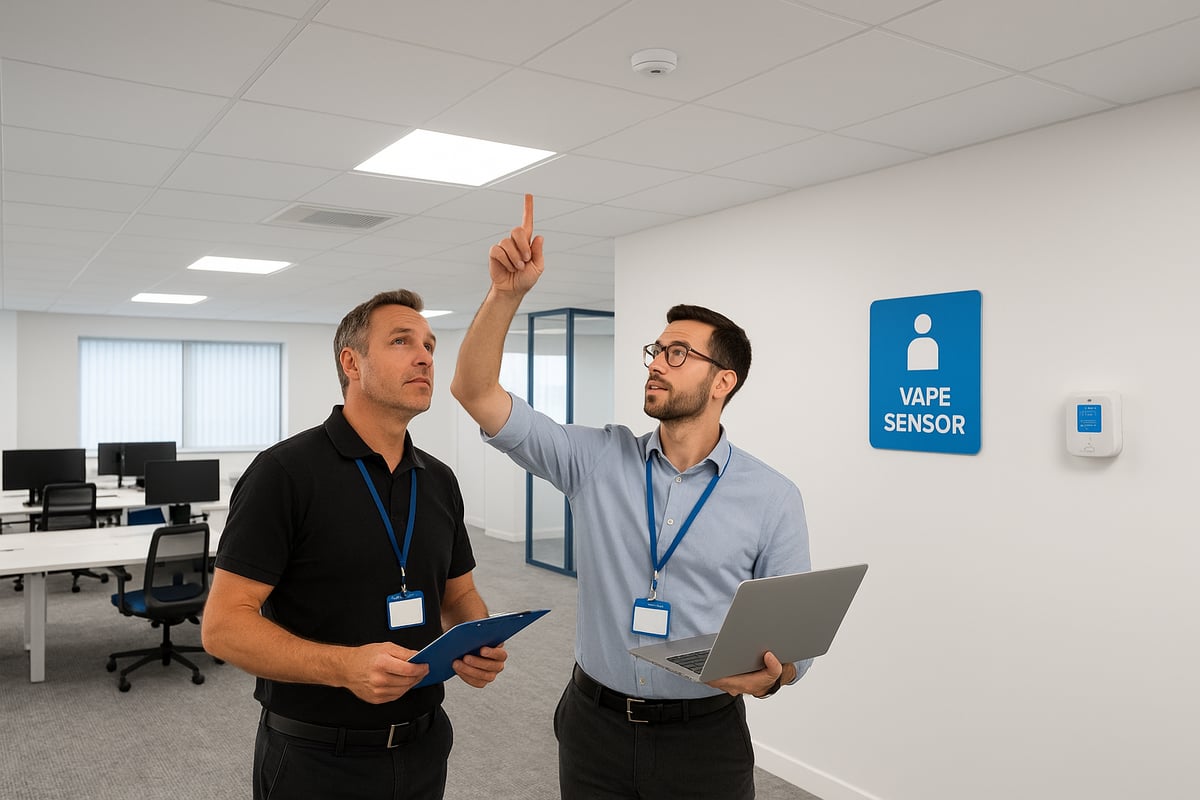
Step 1: Assessing Your Office’s Needs
Begin by evaluating your office layout to identify high-risk vaping zones. Focus on secluded corners, restrooms, and communal areas where vaping may go unnoticed. Consult HR, facilities, and IT teams to gather insight into the specific challenges your workplace faces.
Create a simple map to visualise these areas. For example, in an open-plan office, highlight spots with limited visibility. This targeted approach ensures your vape sensor for offices is deployed effectively, maximising coverage and efficiency.
Engage with staff to understand their concerns and expectations. Their feedback can reveal hidden issues and help tailor your solution for the best results.
Step 2: Researching and Comparing Vape Sensor Solutions
Once needs are defined, explore the latest vape sensor for offices technologies. Key features to compare include detection range, alert capabilities, substance sensitivity, and integration with existing systems. Evaluate both wired and wireless models for flexibility.
Review vendor reliability, UK-based support, and data privacy policies. Customer testimonials and industry case studies provide valuable insights. For a comprehensive comparison of leading options, visit the Best vape detectors and sensors page for detailed reviews.
Shortlist solutions that balance accuracy, ease of use, and future scalability. This groundwork ensures you choose the right system for your office’s evolving needs.
Step 3: Budgeting and Securing Approval
Prepare a detailed budget for your vape sensor for offices project. Factor in hardware, installation, integration, and ongoing maintenance costs. Consider potential savings from reduced cleaning, fewer disruptions, and lower health-related absences.
Draft a compelling business case highlighting both compliance benefits and return on investment. Present data on productivity gains and risk mitigation. For a 100-person office, outline costs for sensors, training, and support contracts.
Secure management approval by demonstrating how the system aligns with company goals and legal obligations. A clear, transparent plan increases buy-in from decision-makers.
Step 4: Installation and Integration
Work with certified installers to deploy your vape sensor for offices system. Decide on ceiling or wall mounts based on site assessments and coverage requirements. Ensure sensors connect seamlessly with fire safety, security, and building management systems.
Follow a step-by-step checklist to avoid disruptions:
- Confirm sensor placement
- Integrate with IT infrastructure
- Test alert mechanisms
A typical installation can be completed in phases to minimise downtime. Document each stage and communicate progress to all stakeholders for transparency.
Step 5: Staff Training and Communication
Educate employees on new vape sensor for offices policies and the reasons behind them. Provide clear instructions on how sensors work, what triggers alerts, and the company’s stance on vaping.
Address privacy concerns openly, reassuring staff that data is handled in compliance with workplace laws. Use example scripts and visual aids during training sessions to boost understanding.
Offer a FAQ document covering common queries. Ongoing communication fosters trust and encourages positive behaviour change throughout the organisation.
Step 6: Monitoring, Maintenance, and Continuous Improvement
After installation, set up robust monitoring protocols for your vape sensor for offices system. Assign responsibility for responding to alerts and maintaining the equipment. Schedule regular software updates and hardware checks to ensure reliability.
Leverage analytics from the system to identify trends, refine policies, and enhance enforcement. Use these insights to adapt your approach as workplace needs evolve.
Continuous improvement ensures your investment delivers lasting value, keeping your office compliant, healthy, and productive.
Vape Guardian: Advanced Vaping Detection Solutions for UK Offices
Vape Guardian delivers a cutting-edge vape sensor for offices, designed specifically for the unique challenges of UK workplaces. As vaping becomes more common in professional environments, the need for reliable detection and air quality monitoring has never been greater. Vape Guardian’s technology provides real-time alerts, ensuring that employers can act swiftly to maintain a safe and compliant office.
This system is not only about detection but also about prevention and trust. With UK-based support, Vape Guardian understands the regulatory landscape, helping businesses navigate legal obligations smoothly. For a deeper understanding of the health implications, Hidden health risks vaping office offers valuable insights into why proactive monitoring is essential.
Why Choose Vape Guardian for Your Office
Choosing Vape Guardian’s vape sensor for offices means investing in proven technology trusted by leading organisations. These sensors detect a wide range of substances, not just nicotine vapour, making them effective against drugs and other anti-social behaviours. Integration with security and building management systems is seamless, allowing for efficient facility management.
Key benefits include:
- Real-time, actionable alerts for rapid response
- Continuous air quality monitoring to ensure a healthy workplace
- Dedicated UK-based support and compliance expertise
Vape Guardian offers flexible maintenance packages, ensuring your system remains reliable and up to date. The vape sensor for offices is designed for simple installation and minimal disruption, making it ideal for both new and existing office setups.
Case Studies and Success Stories
UK offices using Vape Guardian have reported significant improvements in compliance and workplace safety. Facility managers highlight quantifiable reductions in vaping incidents after installation. For example, one medium-sized London firm saw a 75 percent decrease in unauthorised vaping within the first quarter.
Testimonials from HR leaders emphasise increased employee trust and satisfaction. The vape sensor for offices has helped organisations pass compliance audits with confidence, strengthening both reputation and operational efficiency. Vape Guardian stands out as a leading solution for any UK office aiming to protect its people and its brand.
The Future of Vape Detection in Office Spaces: Trends and Innovations for 2025 and Beyond
The future of vape detection is rapidly advancing, with new technologies and policies shaping how UK offices address vaping. As the workplace evolves, so does the approach to creating healthier, more compliant environments. Employers must stay ahead by understanding the innovations that will define the next generation of vape sensor for offices.
Emerging Sensor Technologies and AI Integration
Innovations in sensor technology are transforming how the vape sensor for offices operates. Advanced sensors now use machine learning algorithms to distinguish between vaping aerosols and other airborne particles, reducing false alarms and increasing accuracy.
AI-driven systems can analyse air quality data in real time, enabling predictive maintenance and automated incident reporting. For example, some sensors employ neural networks to identify specific vape compounds, even in complex environments.
Technical integration is also streamlined using API connections, allowing seamless data flow between sensors and facility management platforms. These advancements set the stage for smarter, more responsive vape sensor for offices solutions.
Evolving Workplace Policies and Legislation
As vaping trends continue to change, UK regulations are expected to adapt. Employers are facing increasing scrutiny regarding indoor air quality and employee wellbeing, making the adoption of a vape sensor for offices not only practical but often necessary.
Recent government consultations have highlighted the need for tighter controls on workplace vaping, with potential updates to compliance requirements. For a deeper look at the public health implications and the need for regulatory action, see the analysis in Vaping in 2025 – Progress Stalled, Public Health at Risk.
Proactive policy updates, combined with technology, will help businesses remain compliant and protect staff as legislation evolves.
Integration with Smart Building Ecosystems
The rise of smart offices is driving the integration of vape sensor for offices with other building systems. Sensors are now designed to communicate with HVAC, fire safety, and security platforms, providing a unified approach to facility management.
Below is a table summarising common integration points:
| System | Integration Benefit |
|---|---|
| HVAC | Automated ventilation control |
| Fire Safety | Early detection, reduced false fire alarms |
| Security | Incident alerts, access control coordination |
| Air Quality Dashboards | Real-time monitoring for managers |
This interconnected approach ensures that the vape sensor for offices becomes part of a comprehensive smart building strategy, supporting both health and operational goals.
Addressing Employee Privacy and Ethical Considerations
Implementing a vape sensor for offices requires careful attention to privacy and ethics. Data collected by sensors must be handled in line with GDPR and workplace surveillance laws.
Transparent communication is essential. Employers should inform staff about what is monitored, why, and how data is used. Best practices include clear policy documents, staff briefings, and opportunities for feedback.
Balancing detection with respect for privacy fosters trust and ensures the vape sensor for offices is seen as a tool for wellbeing, not surveillance.
Global Perspectives and Lessons from Other Sectors
The adoption of vape sensor for offices is not limited to the UK. Other sectors, such as education and healthcare, have implemented similar solutions to protect indoor air quality and safety.
Internationally, research shows that comprehensive approaches combining policy and technology are most effective. For example, the impact of vaping on smoking rates and public health is explored in A smokefree UK? How research, policy and vapes have cut smoking rates.
Learning from early adopters across industries can help office managers refine their own vape sensor for offices strategy for maximum impact.
Preparing for New Threats: Beyond Vaping
Looking ahead, the vape sensor for offices is evolving to detect more than just vaping. Emerging threats, such as the use of other substances or anti-social behaviours, are driving the development of multi-functional sensors.
These advanced systems can be configured to identify new compounds as workplace risks change. Employers should stay informed about trends and upgrade their vape sensor for offices accordingly.
Proactive planning ensures that office environments remain safe, healthy, and adaptable to whatever challenges the future may bring.
As we look ahead to 2025, it’s clear that proactive measures are essential for maintaining a healthy and compliant office environment. We’ve explored how vape sensors not only address hidden risks but also support your duty of care to staff and visitors. If you’re ready to take the next step in safeguarding your workplace, our team is here to help you find the right solution and guide you through the process. Let’s work together to create a safer and more productive space—Talk to our team and protect your building today.


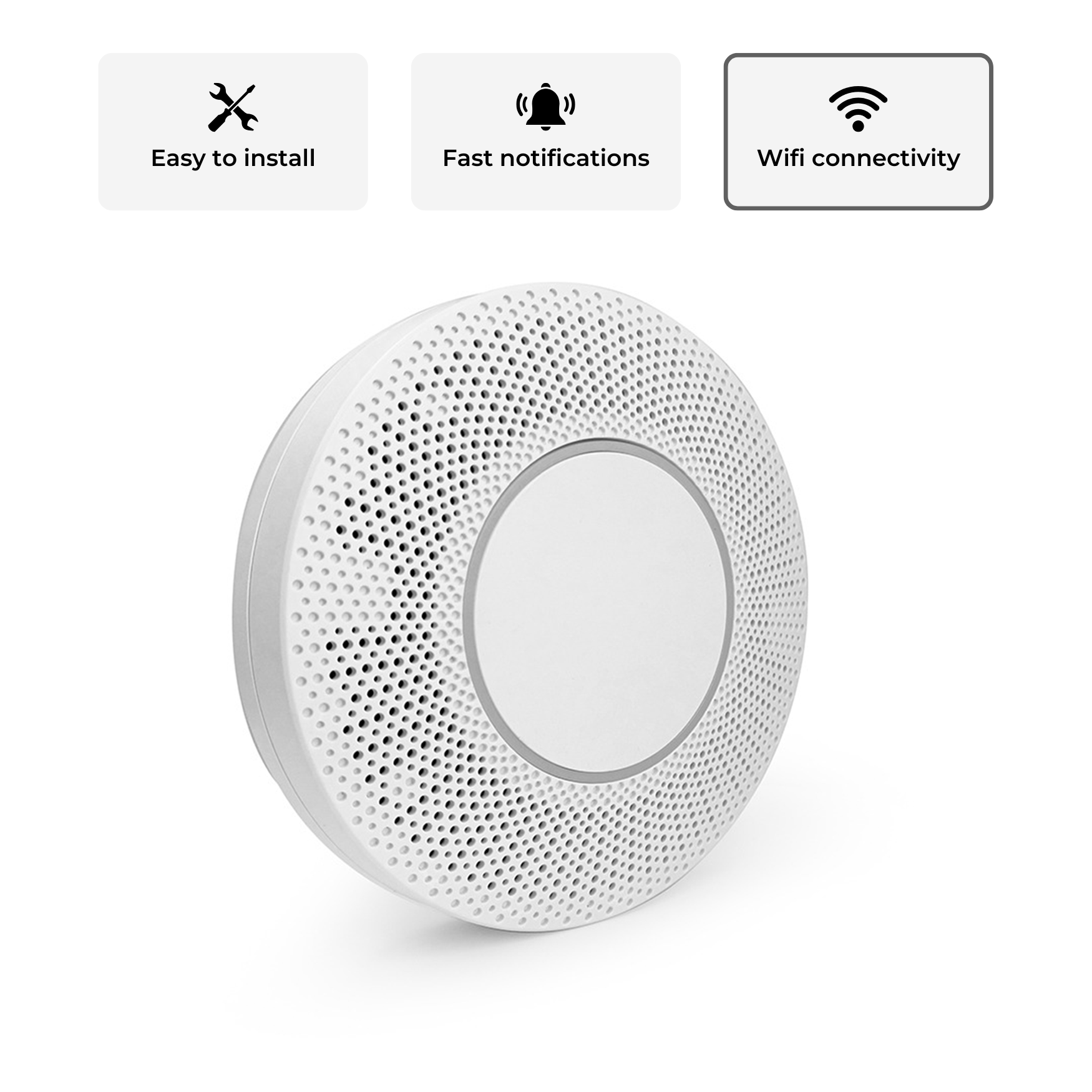
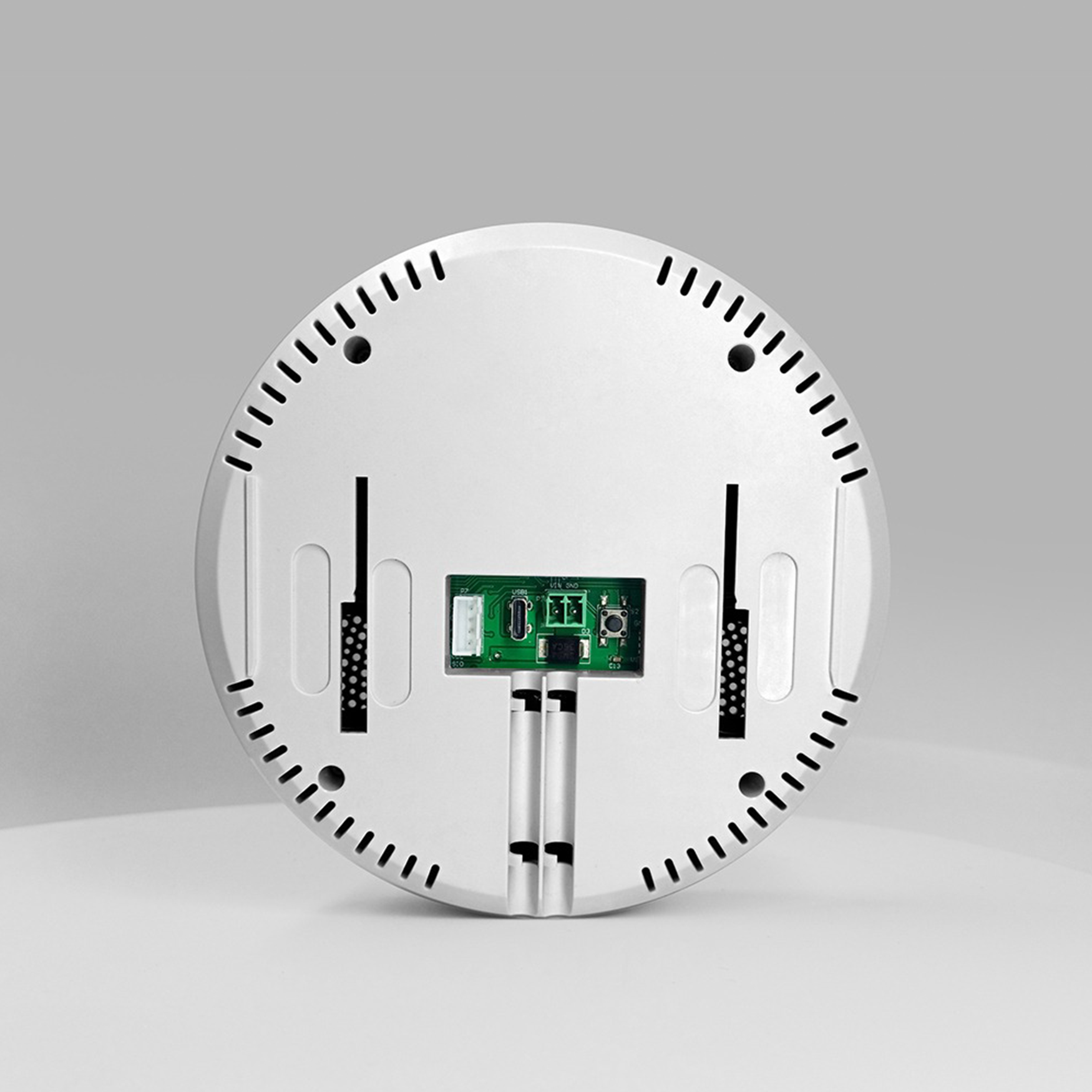

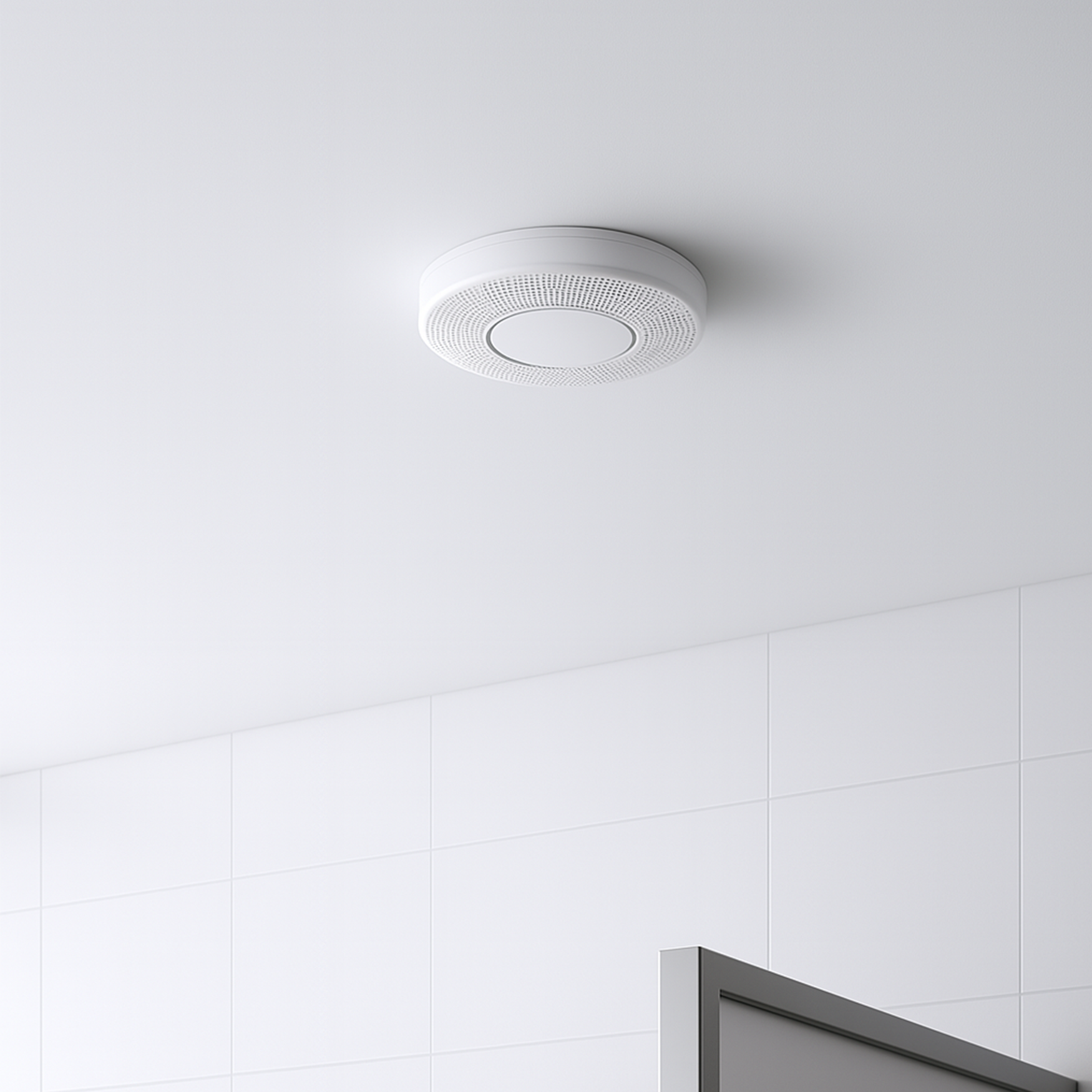
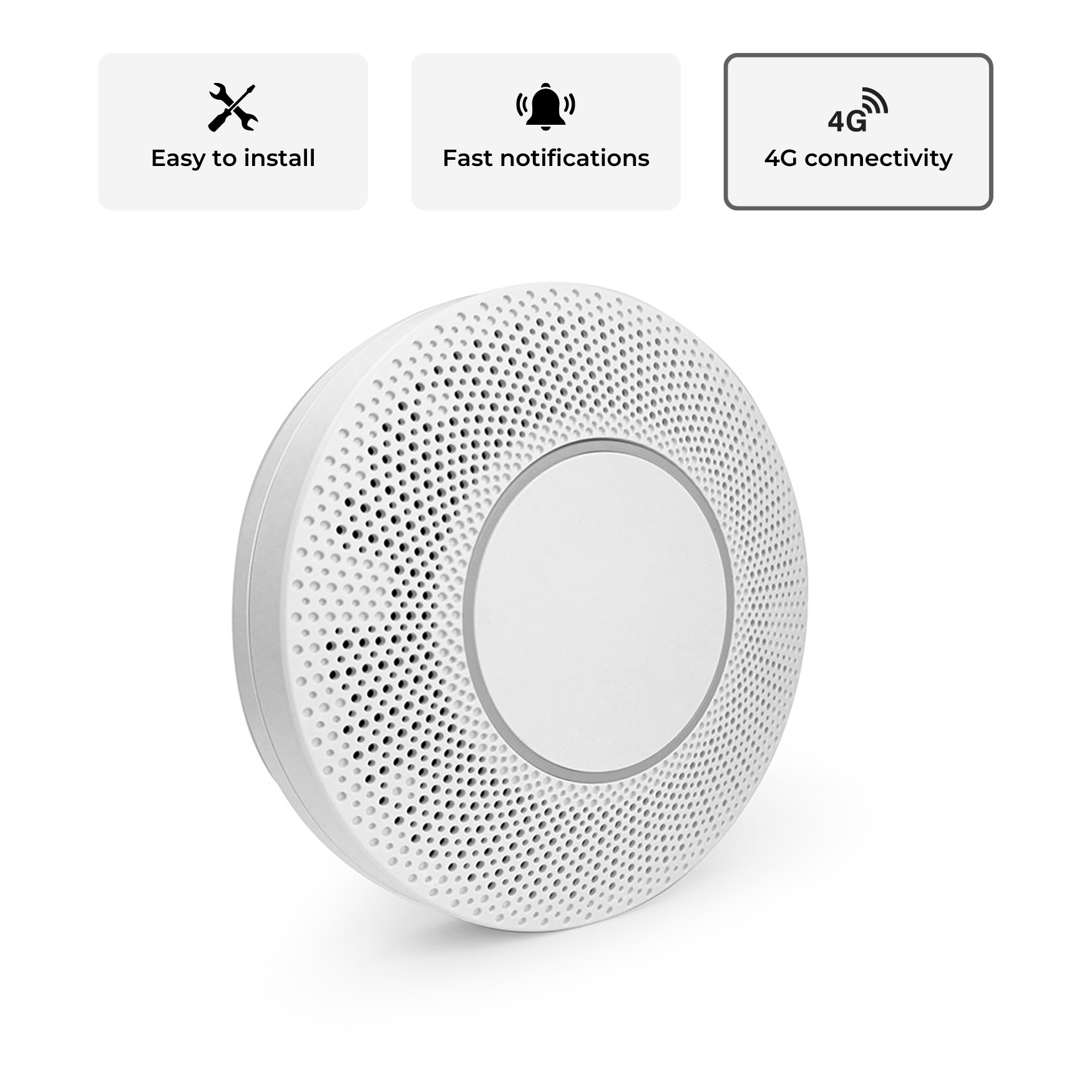
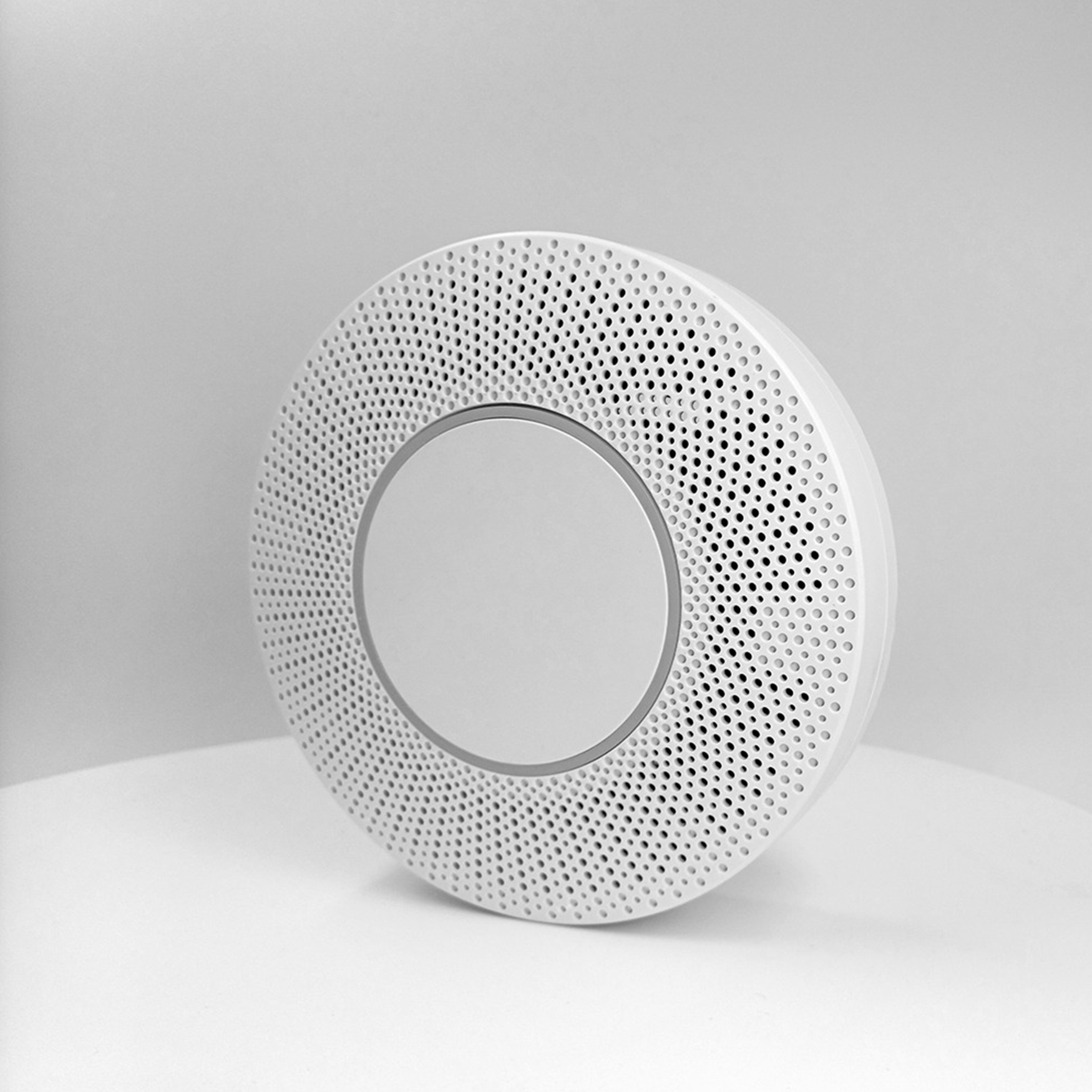
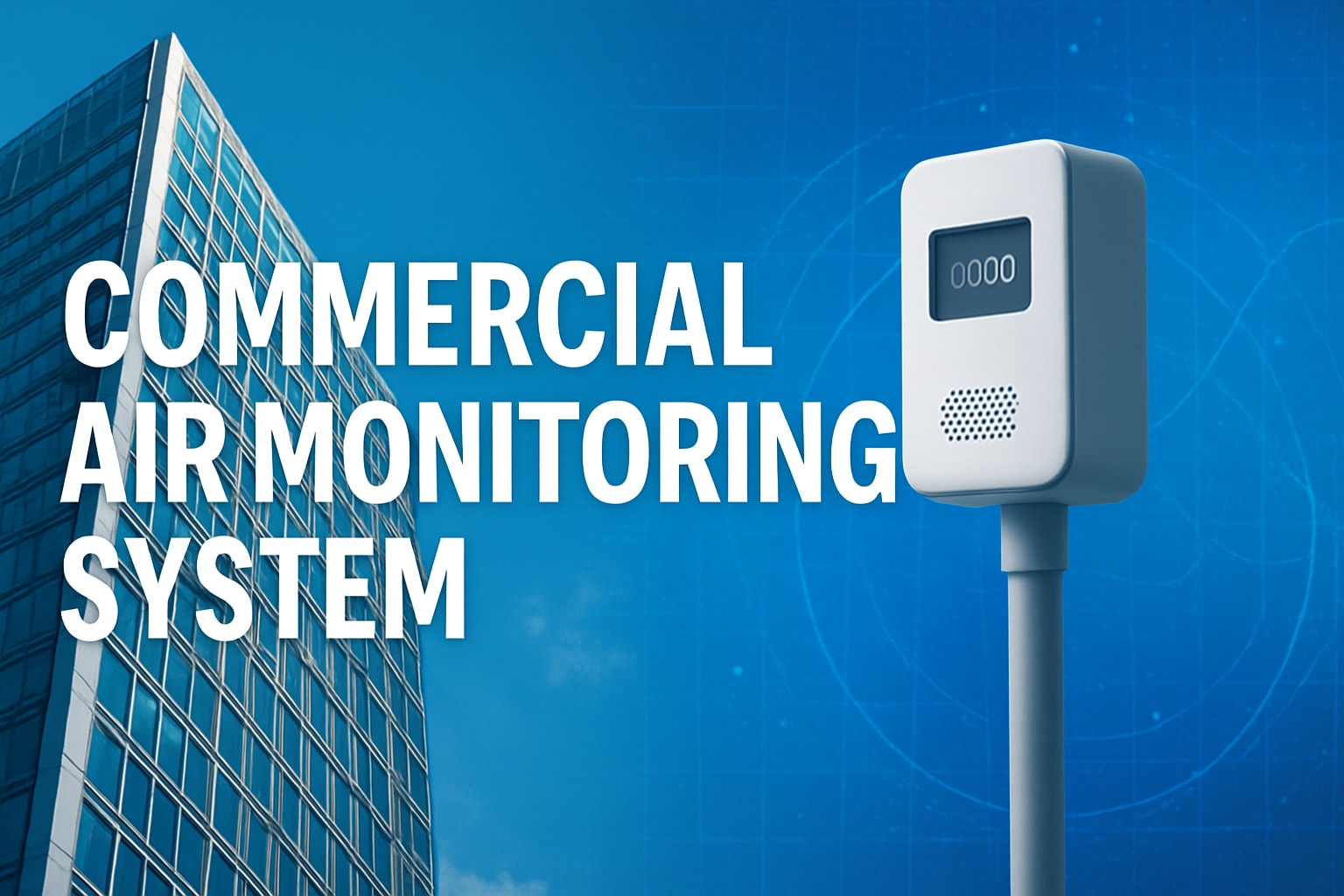


Share:
Tobacco Smoke Detector Guide: Your 2025 Step-by-Step Handbook
Vape Detection UK Guide: Essential Insights for 2025